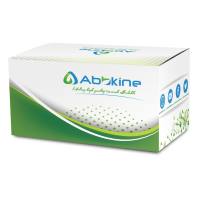Prenatal Detection of Chromosome Aneuploidy by Quantitative Fluorescence-PCR
互联网
455
Autosomal chromosome aneuploid pregnancies that survive to term—namely trisomies 13, 18, and 21—account for 89% of chromosome abnormalities with a severe phenotype (1 ). They are normally detected by full karyotype analysis of cultured cells. The average UK reporting time for a prenatal karyotype analysis is approx 14 d (2 ), and in recent years there has been an increasing demand for more rapid prenatal results with respect to the common chromosome ane-uploidies, in order to relieve maternal anxiety and facilitate options in pregnancy. The rapid tests that have been developed negate the requirement for cultured cells, instead directly testing cells from the amniotic fluid (AF) or chorionic villus sample (CVS), with the aim of generating results within 48 h of sample receipt. Interphase fluorescence in situ hybridization (FISH) (3 ,4 ) is the method of choice in many genetic laboratories, usually because the expertise and equipment is readily available. However, a quantitative fluorescence-PCR (QF-PCR) based approach is more suited to a high-throughput diagnostic service. This approach has been investigated in a small number of pilot studies (5 –7 ) and reported as a clinical diagnostic service (8 ). It may be used as a stand-alone test or an adjunct test to full karyotype analysis, which subsequently confirms the rapid result and scans for other chromosome abnormalities not detected by the QF-PCR assay.






